Help to identify what animal is soiling our front garden please.
B H
6 years ago
last modified: 6 years ago
Featured Answer
Sort by:Oldest
Comments (6)
B H
6 years agoRelated Discussions
Help - Neighbor poisoned our organic garden :(
Comments (101)I feel for you! I have a very similar situation. My neighbor hates my trees, shrubs, everything and walks on my side of her fence and has been spraying round-up for years. All grass, groundcover is dead 5 feet on the property line on my side. My 5-yr. old new arborvitae tree looks worse than the day planted and has not grown an inch. My tall Leland cypress trees are brown on the bottom halves and look poorly, not to mention she stubbed many of them to the trunk, took out limbs up to 8 ft above the ground, the trees look awful! Her goal is to kill them-after 10 years of growth. I know that I am venting. So what to do with crazy? At first I though she was just mean. I do believe she poisoned my cat 8 months ago, since she had threatened me the month before. The law is very unhelpful. Laws exist, but one practically has to catch enough photos and film footage to prove anything! Or eyewitnesses that are willing to testify. The person can go to court and lie, which is what the neighbor does all the time. A preponderance of evidence is what the policeman told me. So I have been installing surveillance cameras around my home and plans for one or two to shoot down the fencerow. After $200 and trial and error, please get a complete system, donât try to piece mill these things together unless you are technically, electronic savvy. After working with wired cameras for a while which now requires a transmitter and receiver if you want camera placed a great distance from your house, I would advise IP cameras if you have a reliable router. The summary is that neither system is foolproof, so easiest may be the IP. I am ditching my wired ones soon and buying IP, more money. I just hope to catch her and sue, or stop vandalism-which may require continual vigilance on my part. Also get a reputable tree specialist to take a look at your plants, one that wins cases in court. The value placed on plants and trees a tree is not always just the monetary purchase value, the staff told me trees can value at 1000 or more. Besides, it is against US law and may local ordinances to poison (put adverse chemicals on) someoneâs land against their permission. I donât know the penalties for this. Regarding fencing, great idea, but it canât stop the herbicide run-off. Bad Neighbor has built a damn along her fencerow; water does not flow downhill but back on me and none on her. Again against the law for person to damn up the natural flow of water and cause harmful consequences on anotherâs land. Fence may stop direct application on trees and bushes, but my neighbor is so crazy that I figure she will sneak on my side of the fence to do her dirty deeds. The situation I face is complex and fraught with impediments, all maniacally crafted to an almost impossible web. I too have thought about moving, which is exactly what my neighbor wants, control of my land. I have never been so hopeful for someone to die sooner than later....See MorePlease help identify our bamboo as clumping or running
Comments (23)Thanks! The tight space is misleading because of the odd camera angle. You are seeing part of the smaller clump. This picture was taken during the home inspection to show the general side area looking back along a patio wall. 180 degrees around and it is more open. The second, larger clump is much bigger and has more area around it. I will post something on Craigslist when I dig it up later. I'm just not a fan of the way it looks, plus having to trim it. Also it tends to shed leaves a lot, which may or may not be normal. I'm sure the previous owners liked the bamboo though. I'd rather have some evergreen shrubs or small trees in that location. I will probably end up putting a couple of pineapple guavas there. Thanks for the postings and replies :-) Ed...See Moreplease help novice gardener with front yard
Comments (8)If you're looking for something evergreen, there are dwarf nandinas that are very pretty, and low mounding junipers. For flowers, consider begonias, impatiens, balsam (taller), sweet violets, dwarf columbine, spanish bluebells and summer snowflakes - though you'd have to heavily amend for bulbs like the latter two. Actually amending the soil is probably a good idea anyway. Incorporating several inches of washed brick sand and organic material like compost, hummus and/or peat moss will not only make the soil healthier, it will make the clay a whole lot easier to work. You might consider having your soil tested to see what you ought to include. Your county extension office can help with that, or there are kits you can buy....See MoreZone 6b SE PA north facing front porch, red clay soil - help please
Comments (6)Thanks for the replies, everyone. I should have included a bit of back information that would better give orientation about my overall objectives. This first year or two, my main objective is to define the borders of the porch for my two large dogs. Until now, we had a pad and grass up to the pad (pad is the same pre- and post- porch construction) and they could exit the pad anywhere. Now, I want them to get used to exiting the pad onto the sidewalk in the center, because elsewhere will now be beds (and mud and mess and plants to be stomped). That's why I've bombed the front with the cinnamon ferns, to make a sort of visual railing while the dogs re-learn their exit, and while the beds age in with better soil and I get some other plants going (hostas, etc.). For the first year or two. It will be no problem to move the ferns around the corner when that time comes. I've always wanted a mass of ferns on this eastern facing side: My second objective is to create a streamlined mow line. The grass is maintained with a 60 inch deck mower so whatever bed edge I develop needs to allow the mower to move along it easily (I guess rather than undulating what I was trying to get to was smooth curves rather than corners, for mowing purposes). Third objective is LEAST maintenance from a hand weeding perspective. I know it won't be zero, but I'd like to have it controllable without being consuming. Fourth objective is "pretty." I'm not bothered with "curb appeal" in general as the only viewers are anyone coming up the driveway; this is not seen from the street. Eventually, I would like to grow and develop in a pretty foundation border. I got the ferns cheap and they will help my first objective. As I can, I will add more plants and soil amendments, so that is what I'm asking for - where do I EVENTUALLY want to go with this, etc. I appreciate all your inputs! Please add as you have thoughts!...See MoreB H
6 years agoEsther-B, Zone 7a
6 years agolazy_gardens
6 years ago
Related Stories
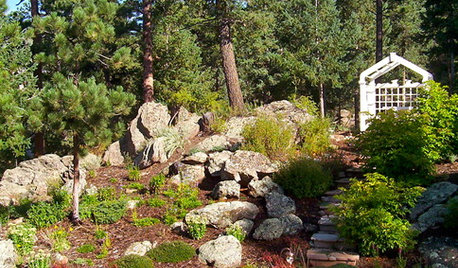
GARDENING GUIDESHave Acidic Soil in Your Yard? Learn to Love Gardening Anyway
Look to acid-loving plants, like conifers and rhododendrons, to help your low-pH garden thrive
Full Story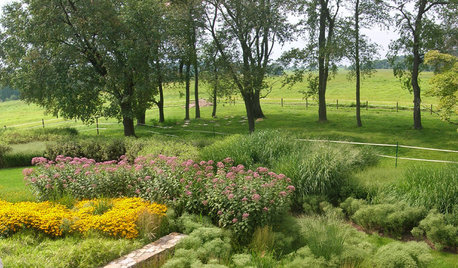
GARDENING GUIDESHow to Stop Worrying and Start Loving Clay Soil
Clay has many more benefits than you might imagine
Full Story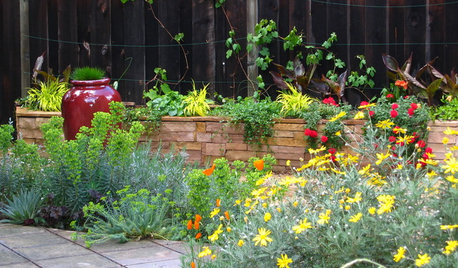
SUMMER GARDENINGHouzz Call: Please Show Us Your Summer Garden!
Share pictures of your home and yard this summer — we’d love to feature them in an upcoming story
Full Story
STANDARD MEASUREMENTSThe Right Dimensions for Your Porch
Depth, width, proportion and detailing all contribute to the comfort and functionality of this transitional space
Full Story
GARDENING GUIDESHow to Pick a Mulch — and Why Your Soil Wants It
There's more to topdressing than shredded wood. Learn about mulch types, costs and design considerations here
Full Story
GARDENING GUIDES10 Solutions for Soggy Soil
If a too-wet garden is raining on your parade, try these water-loving plants and other ideas for handling all of that H2O
Full Story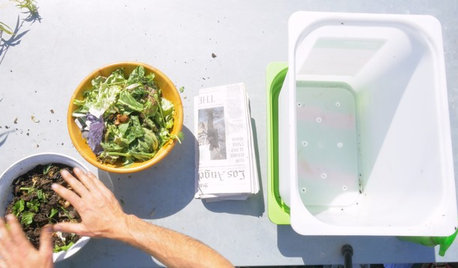
GARDENING GUIDESHouzz TV: Make a Worm Bin for Rich Soil and Happy Plants
A worm-powered compost bin that can fit under a sink turns food scraps into a powerful amendment for your garden. Here’s how to make one
Full Story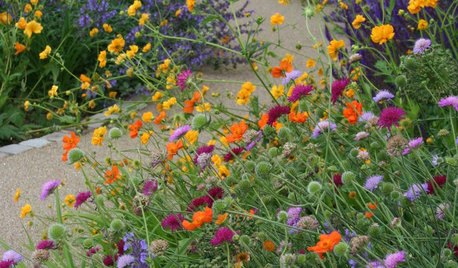
PLANTING IDEAS3 Color Palettes to Help Set Your Garden’s Mood
Select plants in these color combinations to create an outdoor space that’s cheerful, energizing or calming
Full Story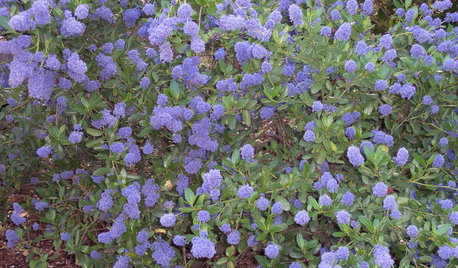
GARDENING GUIDESGreat Design Plant: Ceanothus Pleases With Nectar and Fragrant Blooms
West Coast natives: The blue flowers of drought-tolerant ceanothus draw the eye and help support local wildlife too
Full Story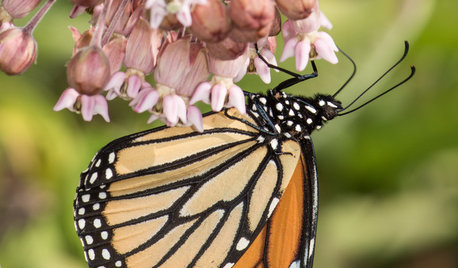
FLOWERS AND PLANTSHelp Monarchs and Other Butterflies by Planting Common Milkweed
Summer-blooming Asclepias syriaca is an important larval host plant for the monarch butterfly and attracts a number of pollinating insects
Full Story


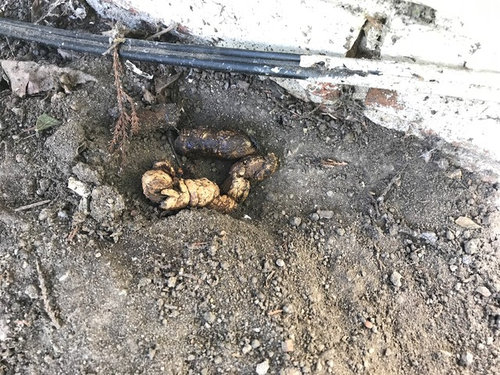
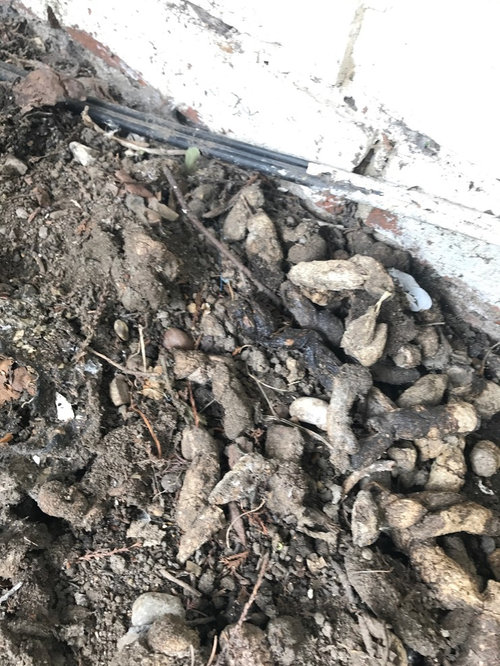
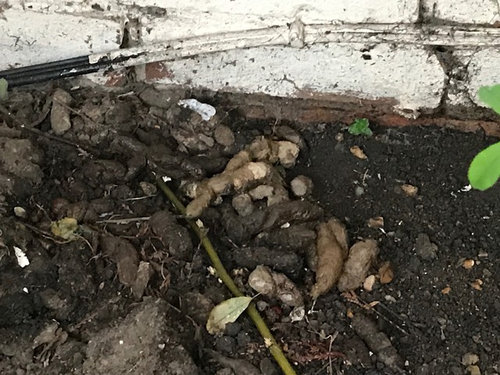
Sammy